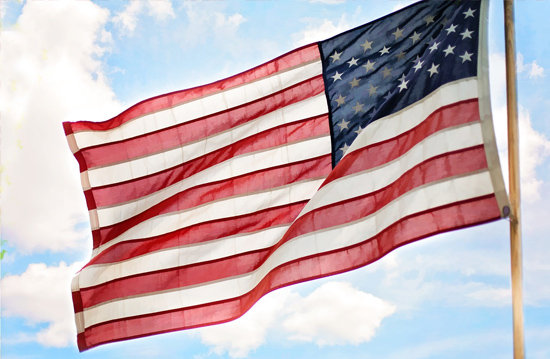
The Trump Administration’s travel ban seems to be a never-ending saga, and it’s not over yet. Recently, the State Department updated its guidelines regarding how the ban should be enforced. This was in response to a ruling from a federal judge in Hawaii who said that the State Department was interpreting the Supreme Court’s recent ruling on the ban too strictly.
Let’s briefly recap what’s happened:
When Trump came into office, one of the first things he did was sign an executive order that amounted to a travel ban. It barred citizens of seven Muslim-majority countries from entering the United States for 90 days, regardless of whether they had valid visas.
Two days later, a judge in New York blocked part of the order, and a day after that, a judge in Massachusetts issued a temporary restraining order on the ban. A few days after that, Trump fired acting US Attorney General Sally Yates for refusing to defend the travel ban.
On February 2, the Trump administration eased the travel ban, saying that green card holders would be allowed to enter the US. The next day, a District Court judge blocked the ban nationwide.
On March 6, the Trump administration launched a new travel ban that left Iraq off the list of banned countries and blocked all refugees from entering the US for 120 days. This ban was again blocked by a District Court judge in Hawaii.
On June 2, the new travel ban was referred to the Supreme Court, and on June 26, the Supreme Court ruled that the ban should be temporarily reinstated until the court is ready to provide a full ruling on the matter.
The Supreme Court decided that citizens from the six affected countries who have a “bona fide” relationship with a US citizen could enter the United States. The Trump administration declared that “bona fide” meant a parent, child, spouse, or fiancé.
This strict definition was found to be too narrow by a District Court judge in Hawaii. The list of relationships was expanded to include grandparents, grandchildren, aunts, uncles, cousins, and in-laws.
So here we are now. The second travel ban is in effect, the Supreme Court will offer a full ruling on the ban in the coming weeks or months, and the new guidelines state that anyone from the six affected countries who has a bona fide relationship and a valid visa may enter.
Who knows what will happen next…

